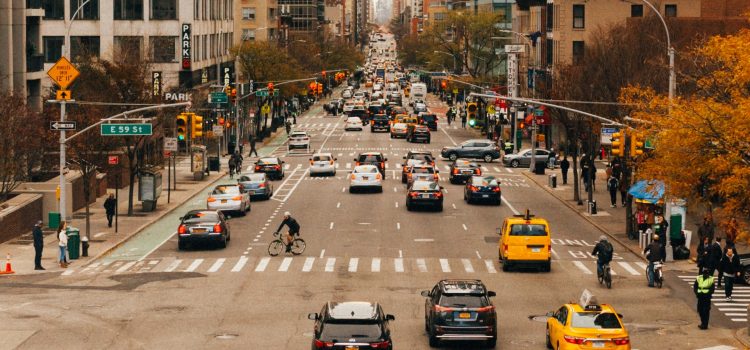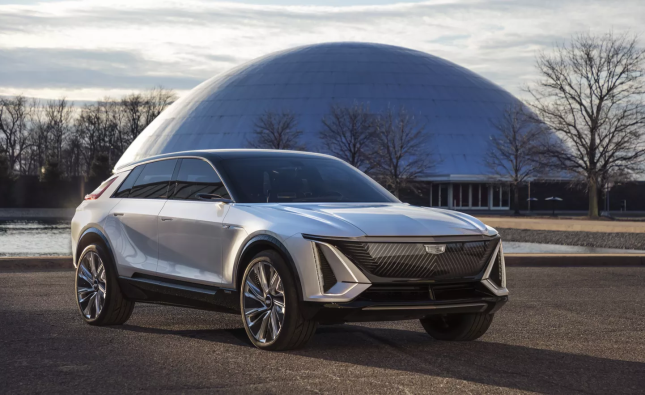
Washington, D.C. finds itself at a critical juncture as city leaders wrestle with the future of the long-anticipated K Street Transitway project. The transformative initiative, aimed at revitalizing one of the city’s most prominent corridors, has reached a pivotal moment, stirring fervent debates and intense deliberations among decision-makers. This article delves into the significance of the project, the diverse perspectives surrounding it, and the challenges facing D.C. as it stands on the brink of a momentous transportation decision.
The Vision for the K Street Transitway Project:
The K Street Transitway project was conceived as a visionary endeavor to breathe new life into Washington, D.C.’s iconic K Street. The ambitious plan envisions a modernized thoroughfare with dedicated bus lanes, enhanced pedestrian infrastructure, and improved cycling amenities. Its proponents argue that such improvements would not only facilitate smoother transportation flows but also create a more livable and sustainable urban environment.
Prospects and Concerns:
Supporters of the K Street Transitway project highlight the potential benefits it could bring to the city. The creation of dedicated bus lanes promises faster and more reliable public transportation, encouraging commuters to ditch their cars in favor of more sustainable modes. The improved pedestrian and cycling infrastructure would enhance safety and accessibility, transforming the street into a vibrant public space. Proponents also tout the project’s potential to attract businesses, stimulate economic growth, and position D.C. as a forward-thinking city at the forefront of urban mobility.
However, critics express concerns about the project’s impact on vehicular traffic and parking, fearing increased congestion and difficulties for drivers navigating the area. Questions also arise regarding the feasibility of funding such an ambitious endeavor and the potential disruptions during the construction phase. Balancing the needs of different transportation modes while considering the broader urban context poses a formidable challenge for decision-makers.
Community Engagement and Stakeholder Input:
Recognizing the significance of the K Street Transitway project, city leaders have actively sought community input to inform their decision-making process. Public hearings, town hall meetings, and consultations with various stakeholders have provided a platform for residents, business owners, transportation experts, and advocacy groups to express their concerns and aspirations. The diversity of perspectives has further intensified the debates and underscored the importance of a thorough and inclusive decision-making process.
The Road Ahead:
The fate of the K Street Transitway project now hangs in the balance, with D.C.’s leaders faced with the weighty responsibility of shaping the city’s transportation future. While the decision is imminent, the complexities of the project necessitate careful consideration of the potential trade-offs involved. Balancing the desire for improved transit options with the needs of all road users requires a delicate and well-informed approach. Ultimately, the decision will reflect not only the city’s transportation priorities but also its commitment to equitable and sustainable urban development.
Conclusion:
As D.C. leaders grapple with the future of the K Street Transitway project, the city finds itself at a critical crossroads. The decision will have far-reaching implications for transportation, urban livability, and economic growth in the nation’s capital. The ongoing debates and community engagement underscore the significance of this moment, as stakeholders rally to shape the outcome. Regardless of the final decision, the K Street Transitway project has sparked conversations about the future of transportation and the role it plays in creating vibrant, accessible, and sustainable cities.









